Adolphe Menjou
Biography
Showing all 38 items
Jump to: Overview (4) | Mini Bio (1) | Family (1) | Trade Mark (2) | Trivia (22) | Personal Quotes (5) | Salary (3)
Overview (4)
Born February 18, 1890 in Pittsburgh, Pennsylvania, USA
Died October 29, 1963 in Beverly Hills, Los Angeles, California, USA (chronic hepatitis)
Birth Name Adolphe Jean Menjou
Height 5' 10½" (1.79 m)
Mini Bio (1)
The words "suave" and "debonair" became synonymous with the name Adolphe Menjou in Hollywood, both on- and off-camera. The epitome of knavish, continental charm and sartorial opulence, Menjou, complete with trademark waxy black mustache, evolved into one of Hollywood's most distinguished of artists and fashion plates, a tailor-made scene-stealer, if you will. What is often forgotten is that he was primed as a matinée idol back in the silent-film days. With hooded, slightly owlish eyes, a prominent nose and prematurely receding hairline, he was hardly competition for Rudolph Valentino, but he did possess the requisite demeanor to confidently pull off a roguish and magnetic man-about-town. Fluent in six languages, Menjou was nearly unrecognizable without some type of formal wear, and he went on to earn distinction as the nation's "best dressed man" nine times.
Born on February 18, 1890, in Pittsburgh, Pennsylvania, he was christened Adolphe Jean Menjou, the elder son of a hotel manager. His Irish mother was a distant cousin of novelist / poet James Joyce ("Ulysses") (1882-1941). His French father, an émigré, eventually moved the family to Cleveland, where he operated a chain of restaurants. He disapproved of show business and sent an already piqued Adolphe to Culver Military Academy in Indiana in the hopes of dissuading him from such a seemingly reckless and disreputable career. From there Adolphe was enrolled at Stiles University prep school and then Cornell University. Instead of acquiescing to his father's demands and obtaining a engineering degree, however, he abruptly changed his major to liberal arts and began auditioning for college plays. He left Cornell in his third year in order to help his father manage a restaurant for a time during a family financial crisis. From there he left for New York and a life in the theater.
Adolphe toiled as a laborer, a haberdasher and even a waiter in one of his father's restaurants during his salad days, which included some vaudeville work. Oddly enough, he never made it to Broadway but instead found extra and/or bit work for various film studios (Vitagraph, Edison, Biograph) starting in 1915. World War I interrupted his early career, and he served as a captain with the Ambulance Corps in France. After the war he found employment off-camera as a productions manager and unit manager. When the New York-based film industry moved west, so did Adolphe.
Nothing of major significance happened for the fledgling actor until 1921, an absolute banner year for him. After six years of struggle he finally broke into the top ranks with substantial roles in The Faith Healer (1921) and Through the Back Door (1921), the latter starring Mary Pickford. He formed some very strong connections as a result and earned a Paramount contract in the process. Cast by Mary's then-husband Douglas Fairbanks as Louis XIII in the rousing silent The Three Musketeers (1921), he finished off the year portraying the influential writer/friend Raoul de Saint Hubert in Rudolph Valentino's classic The Sheik (1921).
Firmly entrenched in the Hollywood lifestyle, it took little time for Menjou to establish his slick prototype as the urbane ladies' man and wealthy roué. Paramount, noticing how Menjou stole scenes from Charles Chaplin favorite Edna Purviance in Chaplin's A Woman of Paris: A Drama of Fate (1923), started capitalizing on Menjou's playboy image by casting him as various callous and creaseless matinée leads in such films as Broadway After Dark (1924), Sinners in Silk (1924), The Ace of Cads (1926), A Social Celebrity (1926) and A Gentleman of Paris (1927). His younger brother Henri Menjou, a minor actor, had a part in Adolphe's picture Blonde or Brunette (1927).
The stock market crash led to the termination of Adolphe's Paramount contract, and his status as leading man ended with it. MGM took him on at half his Paramount salary and his fluency in such languages as French and Spanish kept him employed at the beginning. Rivaling Gary Cooper for the attentions of Marlene Dietrich in Morocco (1930) started the ball rolling for Menjou as a dressy second lead. Rarely placed in leads following this period, he managed his one and only Oscar nomination for "Best Actor" with his performance as editor Walter Burns in The Front Page (1931). Not initially cast in the role, he replaced Louis Wolheim, who died ten days into rehearsal. Quality parts in quality pictures became the norm for Adolphe during the 1930s, with outstanding roles given him in The Great Lover (1931), A Farewell to Arms (1932), Forbidden (1932), Little Miss Marker (1934), Morning Glory (1933), A Star Is Born (1937), Stage Door (1937) and Golden Boy (1939).
The 1940s were not as golden, however. In addition to entertaining the troops overseas and making assorted broadcasts in a host of different languages, he did manage to get the slick and slimy Billy Flynn lawyer role opposite Ginger Rogers' felon in the "Chicago" adaptation Roxie Hart (1942), and continued to earn occasional distinction in such post-WWII pictures as The Hucksters (1947) and State of the Union (1948). His last lead was in the crackerjack thriller The Sniper (1952), in which he played an (urbane) San Francisco homicide detective tracking down a killer who preys on women in San Francisco, and he appeared without his mustache for the first time in nearly two decades. Also active on radio and TV, his last notable film was the classic anti-war picture Paths of Glory (1957) playing the villainous Gen. Broulard.
Following his last picture, Disney's Pollyanna (1960), in which he played an uncharacteristically rumpled curmudgeon who is charmed by Hayley Mills, he retired from acting. He died after a nine-month battle with hepatitis on October 29, 1963, inside his Beverly Hills home. Three times proved the charm for Adolphe with his 1934 marriage to actress Verree Teasdale, who survived him. The couple had an adopted son named Peter. His autobiography, "It Took Nine Tailors" (1947), pretty much says it all for this polished, preening professional.
- IMDb Mini Biography By: Gary Brumburgh /
[contact link]
Family (1)
Spouse Verree Teasdale (25 August 1934 - 29 October 1963) (his death) (1 child)
Kathryn Carver (16 May 1928 - 24 August 1934) (divorced)
Katherine Conn Tinsley (1920 - 20 October 1927) (divorced)
Trade Mark (2)
Waxy black mustache and impeccable taste in clothes
Sartorial elegance and regal bearing wearing a tuxedo
Trivia (22)
The "Menjou" mustache was named after him.
Adolphe attended the Culver Military Academy and eventually graduated from Cornell University with a degree in engineering. He also was a captain in the Ambulance Corps during World War I.
First-generation American of mixed French-Irish ancestry. His French-born father, Albert Menjou, was a successful hotel manager and his mother, Nora Joyce, was from Connemara, Ireland.
Voted Best Dressed Man in America nine times over the years.
Distant cousin of author James Joyce--his mother was Joyce's first cousin.
Brother of actor Henri Menjou.
Was a (very) "friendly witness" for the House Committee on Un-American Activities' hearings into alleged "Communist subversion" in Hollywood. He willingly "named names" to HUAC during his 1947 testimony and was well-known for his ultra-right-wing political stances. He once said that all Communists should be taken out and shot, regardless of whether they were American citizens or not.
Once boasted that his wardrobe included about 2,000 articles -- over 100 suits and 15 overcoats alone.
Staunch member of the John Birch Society.
Possessed enviable art and coin collections during his lifetime.
He passed away with an estate valued at $700,000.
Menjou and fellow actor Edward Arnold shared the same birth date (February 18, 1890).
Menjou was an avid and skilled golfer. Clark Gable was among his favorite partners on the links.
In 1944, Menjou and Walt Disney formed the militant anti-Communist organization called the Motion Picture Alliance for the Preservation of American Ideals.
In 1919, Menjou produced a series of two-minute shorts for J. Van Buren entitles "Topics of the Day".
Menjou was also well known in the 1950s as a television pitch man for Drewrys Beer, and appeared in several Drewrys television commercials.
The first Drive-In Theater was devised by Richard M. Hollingshead in Camden, New Jersey and opened on June 6, 1933. It had 400 slots and a 40 by 50 foot screen, and he advertised it with the slogan, "The whole family is welcome, regardless of how noisy the children are." The first movie shown was "Wife Beware" starring Adolphe Menjou. His drive-in was in operation for only three years, but in that time the idea caught on in other states.
Spoke French fluently (French being his father's tongue) and starred in several Hollywood-made French-language films in 1930.
He was awarded a Star on the Hollywood Walk of Fame at 6826 Hollywood Boulevard in Hollywood, California on February 8, 1960.
Had starred in five Oscar Best Picture nominees: The Front Page (1931), A Farewell to Arms (1932), A Star Is Born (1937), One Hundred Men and a Girl (1937) and Stage Door (1937). The last three of these were released in 1937.
Following his death, he was interred at Hollywood Forever Cemetery in Los Angeles, California.
He has appeared in four films that have been selected for the National Film Registry by the Library of Congress as being "culturally, historically or aesthetically" significant: Morocco (1930), The Front Page (1931), Little Miss Marker (1934) and Paths of Glory (1957).
Personal Quotes (5)
The [Marlon Brando] school are grabbers, not lovers. If it wasn't that the script says they get the girl, they wouldn't.
My success has been as full of luck as a crapshooter's dream.
It was my mustache that landed jobs for me. In those silent-film days, it was the mark of a villain. When I realized they had me pegged as a foreign nobleman type, I began to live the part, too. I bought a pair of white spats, an ascot tie and a walking stick.
I'm a Red-baiter; I'm a witch-hunter if the witches are Communists.
Salary (3)
The Faith Healer (1921) $500 per week
Sinners in Silk (1924) $3,000 per week
That's Right - You're Wrong (1939) $50,000

 Amanda S. Stevenson
Amanda S. Stevenson 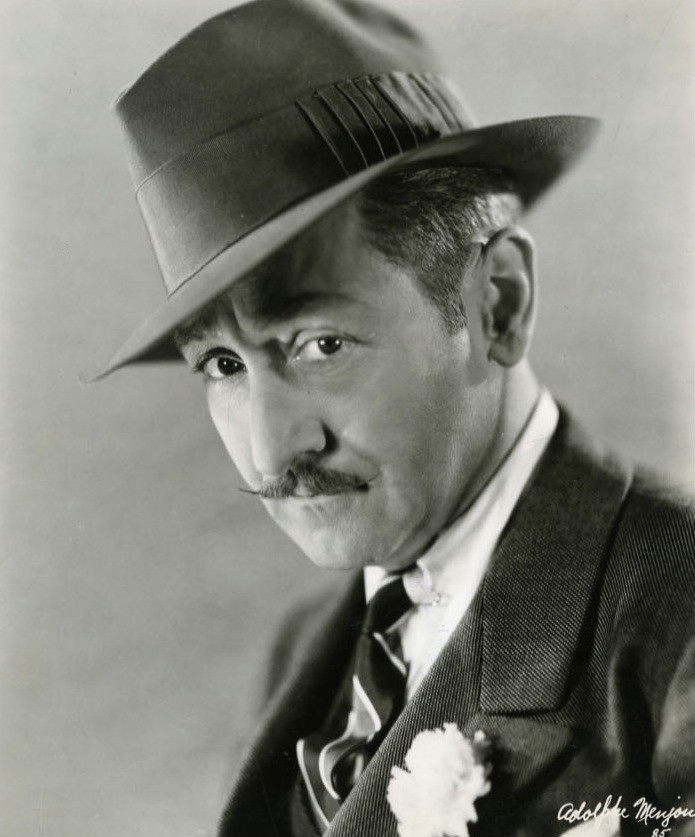
 Amanda S. Stevenson
Amanda S. Stevenson 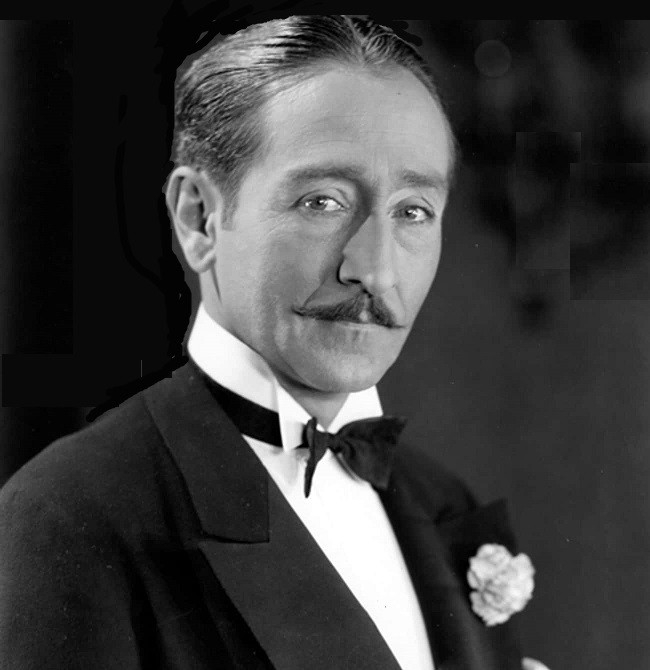
 Amanda S. Stevenson
Amanda S. Stevenson 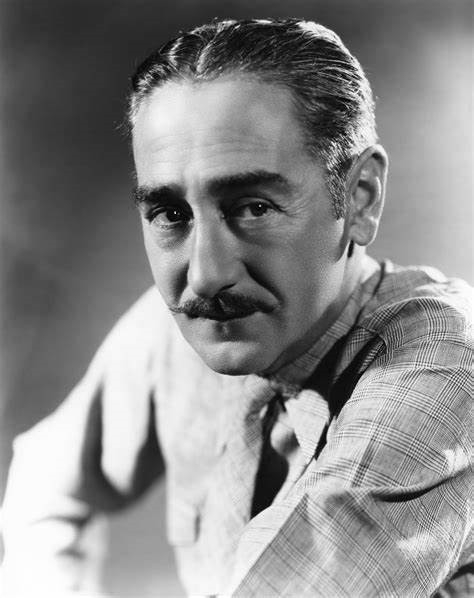
 Amanda S. Stevenson
Amanda S. Stevenson 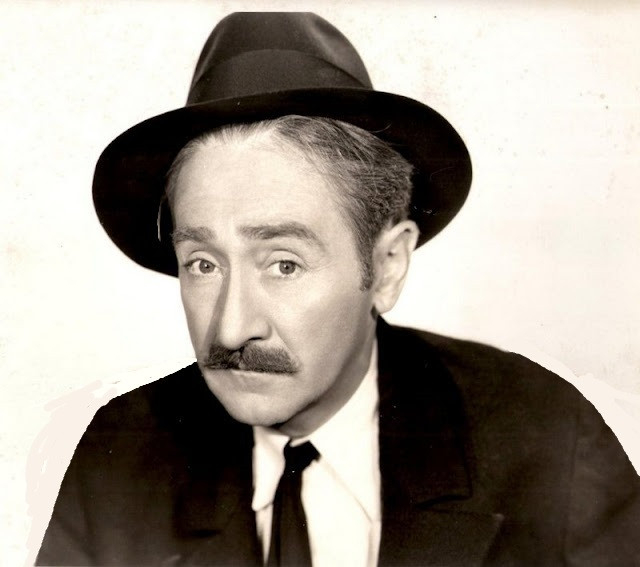
 Amanda S. Stevenson
Amanda S. Stevenson 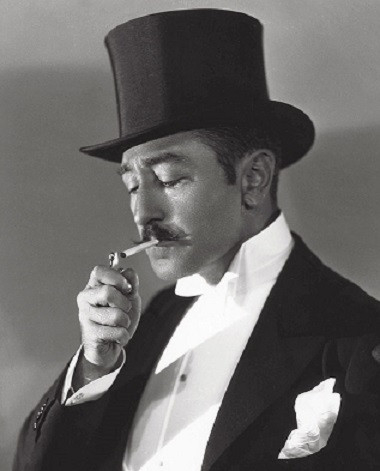
 Amanda S. Stevenson
Amanda S. Stevenson 